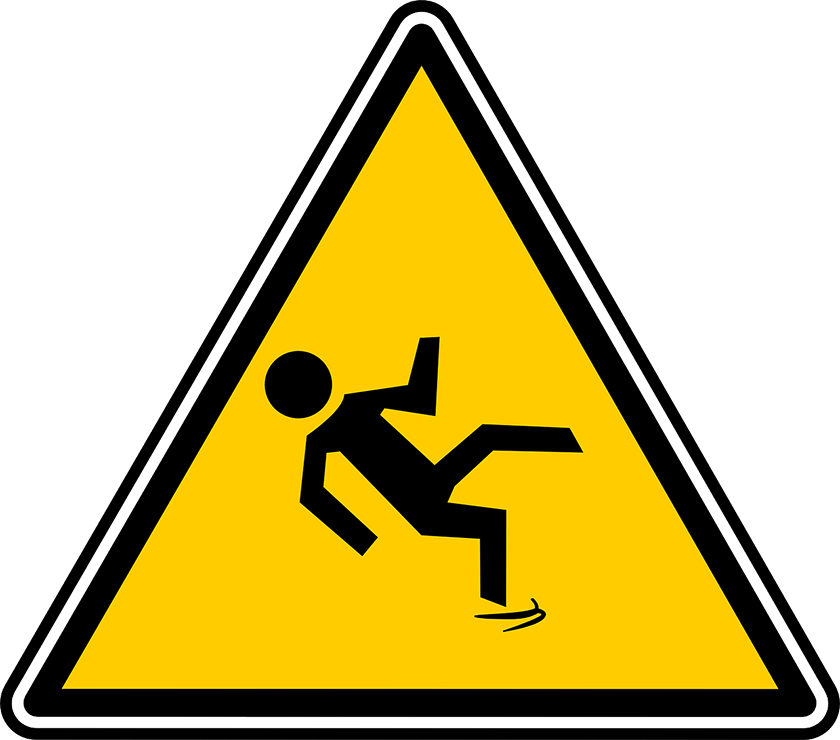Slip, Trip, and Fall Hazards
Factors that can result in slips, trips, or falls. Made worse from uneven surfaces, wet or oily floors, loose mats, poor lighting, cluttered work areas, and unsuitable footwear.

Construction Industry Examples
- Uneven ground on construction sites
- Wet surfaces from recent concrete pours
- Scattered building materials and debris
- Temporary stairways
- Muddy conditions
- Icy surfaces in winter
- Holes or openings in floors
Tips on Identifying
- Assess floor surface texture and friction
- Check transitions between floor types or heights
- Evaluate stairway design
- Review housekeeping practices
- Assess lighting conditions
- Check footwear suitability
Control Method Examples:
More Effective
Substitution
Engineering Controls
Designated and designed safe routes or walkways free from hazards
Administrative Controls
Housekeeping, threshold coverings, covers over holes or flagging around excavations, added lighting, handrail policy
PPE
CSA-approved work boots, anti-slip footwear
Less Effective
